Google Pixel 3a review
Google has traditionally competed in the high-end smartphone market with its Pixel series, so the Pixel 3a, introduced as an affordable alternative to the Google Pixel 3, is a notable shift in strategy for the company.
Launched at Google IO 2019 alongside the Pixel 3a XL (the lower-cost version of the Pixel 3 XL), the Google Pixel 3a shows the company is trying to expand its customer base by offering phones at a lower price point than its flagship devices.
The Pixel 3a has been superseded by the Google Pixel 4a, which takes some inspirations from the Pixel 4 and packages them in a similar low-cost, high-value smartphone. But that means the Pixel 3a price has dropped over time, and will likely see even more discounts during Amazon Prime Day on October 13 and 14 along with the lead up to Black Friday in November.
Until rumors started circulating this year we weren’t expecting Google to release affordable handsets any time soon, and we wouldn’t have expected a handset that’s launching at the Pixel 3a’s price point to be as impressive as it is. In many ways, the Google Pixel 3a is a total surprise for its cost.
With many features inherited from the Pixel 3, like its cutting-edge camera and Active Edge squeeze function to launch Google Assistant, the Pixel 3a seems a serious rival to its older sibling. Sure, there’s a small specs drop, but there’s an even bigger price cut – so does the Pixel 3a make the Pixel 3 redundant?
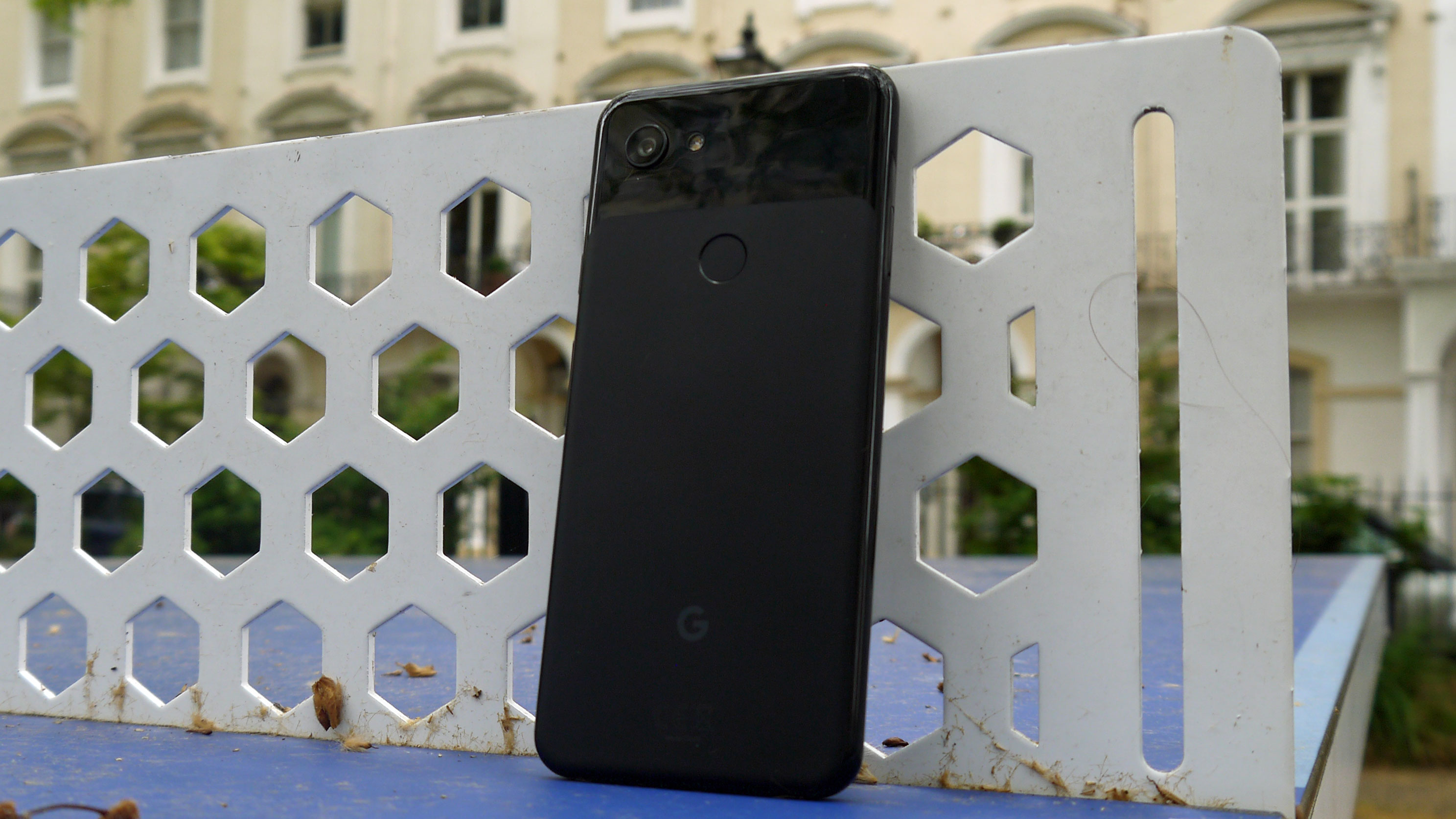
Google Pixel 3a release date and price
The Pixel 3a, alongside the Pixel 3a XL, became available in a range of stores and from various carriers on May 8, one day after its announcement, but in the US you were able to buy it online before then.
There’s only one power/storage option: 4GB RAM and 64GB, which costs $399 / £399 / AU$649. That’s roughly half the price of the Pixel 3, which cost $799 (£739, AU$1,199) for the 64GB storage model when it was released.
At this price it sits slightly cheaper than other mid-range competitors like the OnePlus 7, Xiaomi Mi 9 and Honor 20.

Design
To look at, the Google Pixel 3a could easily be confused with the Pixel 3 – it has a similar-looking body with rounded edges and screen corners, and the same two-tone rear design, with the top of the phone is reflective whereas the majority of the panel is matted; however, on the Pixel 3 the material used for the rear is glass whereas here it’s plastic – the first clue to the 3a’s budget status
The similarities extend to the placement of the rear camera and flash on the left of the phone’s back panel, the volume rocker and power button on the right side of the handset, and the USB-C port at the bottom of the device.
There’s also an extra port, and it’s a welcome addition – a headphone jack, which you won’t find on many mid-range phones. On the other hand, there's only one front-facing speaker instead of two, so media played on the Pixel 3a doesn’t reach the bar set by the Pixel 3.
One of the most useful features of the Google Pixel 3 is Active Edge, which lets you squeeze the edges of the handset to summon Google Assistant, and this is also present on the Pixel 3a, which is something we didn’t expect given the lower price. It did feel a little harder to press than on the Pixel 3 however, so we found ourselves having to squeeze quite tight to use the feature.
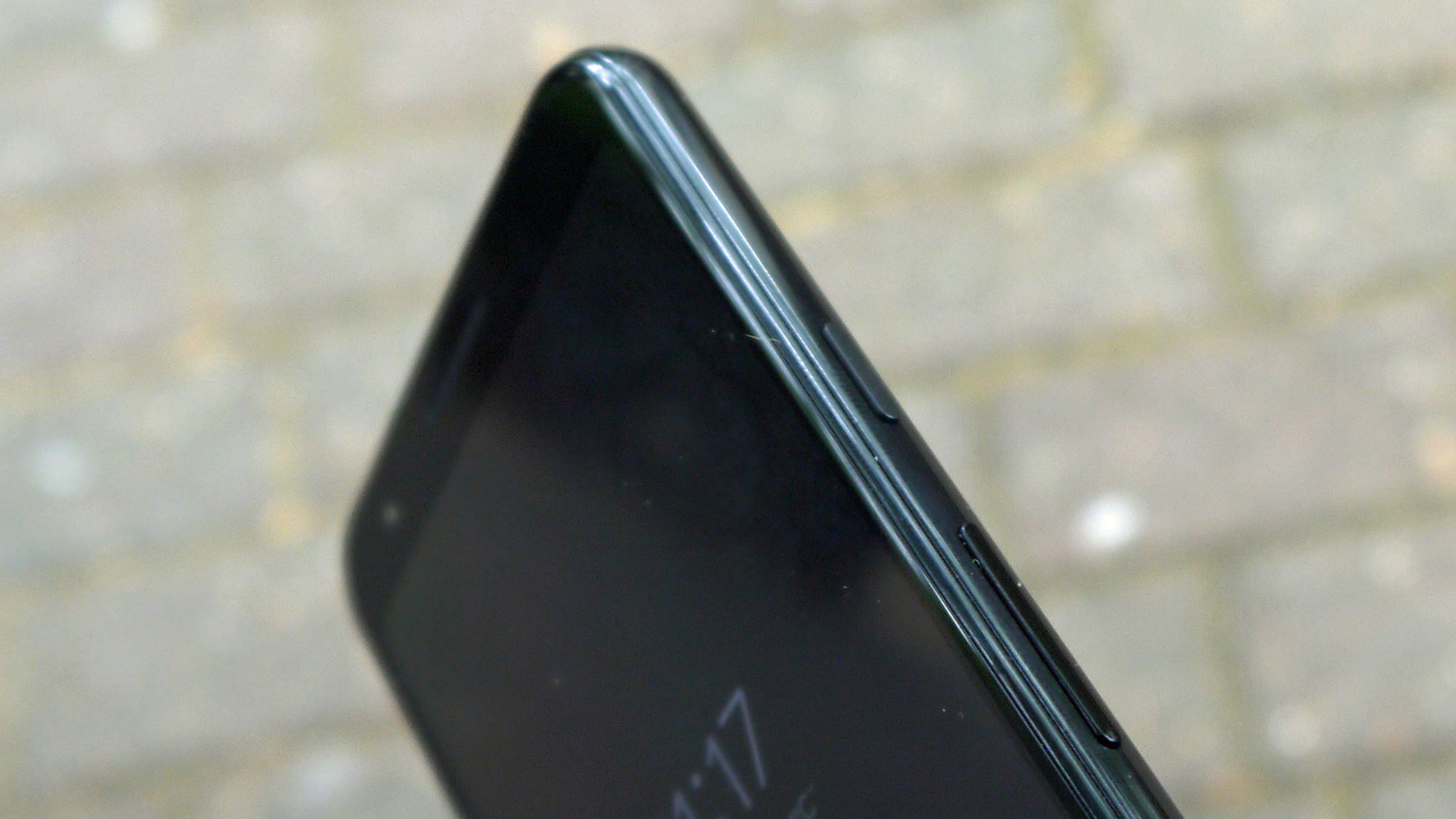
The Pixel 3a is a little bigger than its high-end forebear, with dimensions of 151.3 x 70.1 x 8.2mm, but it’s rather light at 148g – this is because, as mentioned, instead of the glass back of the Pixel 3, the rear of the Pixel 3a is plastic, giving the handset a slightly less ‘premium’ feel.
The phone feels easy to use in the hand – the rear-mounted fingerprint sensor is at the right height to make it easy to reach when you pick up the phone, as are the power button and volume rocker on the right side of the device, and the display is small enough that most won’t have to stretch to reach anything on the screen.
If you like smaller handsets, the Google Pixel 3a is definitely a viable option – its small dimensions make it the perfect pocket phone, and it’s a lot easier to use for everyday tasks like texting and checking emails than its plus-sized relative.
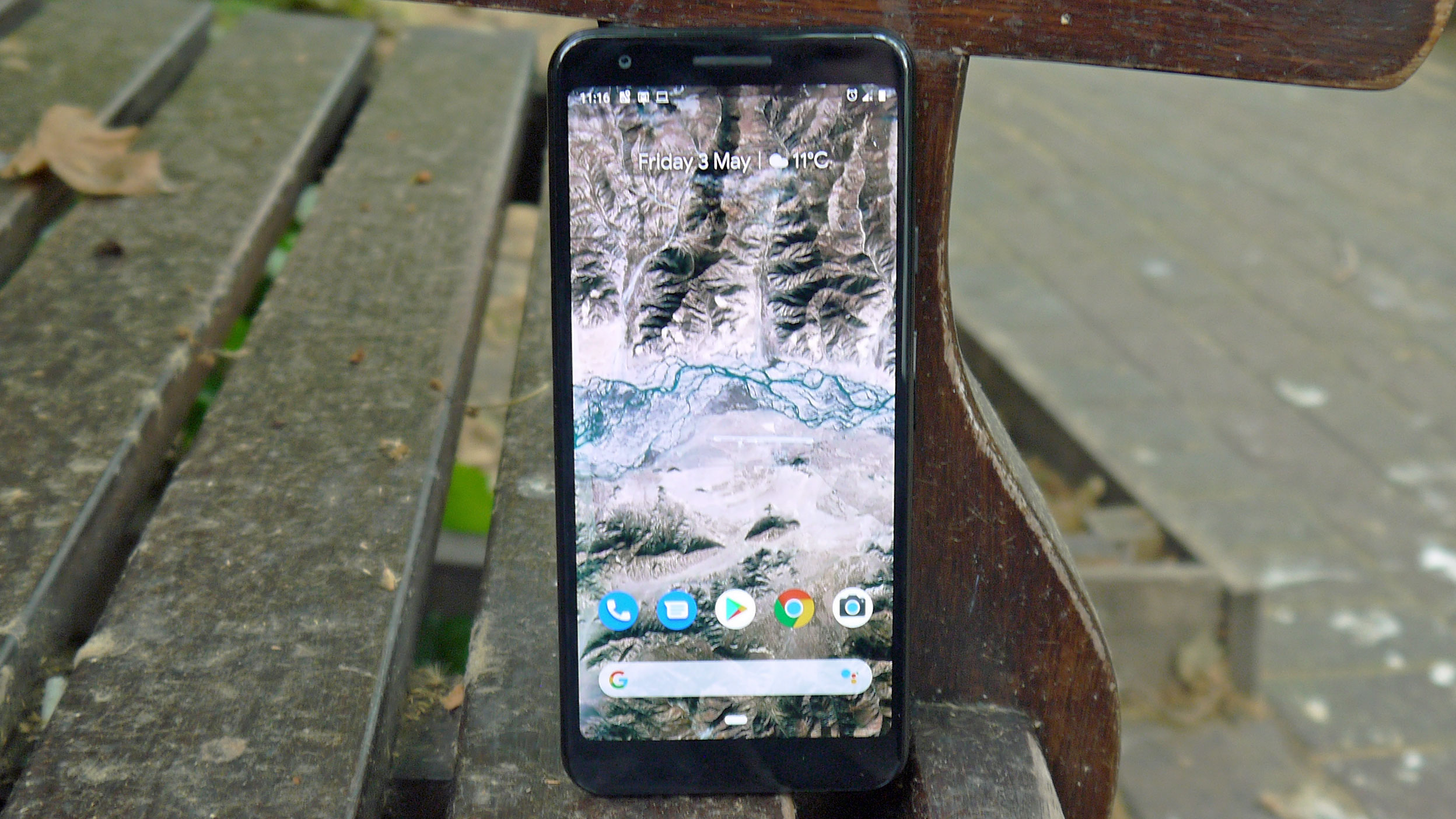
Display
At 5.6 inches, the Google Pixel 3a display is proportionate to the relatively small body of the phone – that’s to say, it’s rather small. If this is a problem for you, you can check out the Pixel 3a XL, but many people don’t need big-screen phones, and the Pixel 3a’s display is just right for everyday functions.
The display is Full HD+ and OLED, with a resolution of 2220 x 1080, and because of the relatively small screen size the pixels per inch count is rather high at 441. This means media you stream, as well as pictures you take, can be viewed in more detail, although you’ll be hard pressed to notice at such a high resolution.
These specs combine to make the screen more than adequate to use for a variety of features – but it’s definitely not as impressive as the Pixel 3. The display has a rather limited max brightness and weaker color reproduction, both of which are most noteworthy when streaming media.
You won’t find the screen quality an issue most of the time, but if you’re trying to watch something on a sunny day, or take a picture where color accuracy is important, you may find yourself wishing for a better display.
Camera
The Google Pixel 3 topped our list of the best camera phones when it was released, and on paper the Pixel 3a is only a little less impressive – its 12.2MP f/1.8 single rear snapper is exactly what you could find on the back of the Pixel 3.
The real difference between the phones in terms of the camera setup is the lack of the Pixel Visual Core imaging chip in the Pixel 3a – in the Pixel 3 this powered the phone’s impressive image processing functionality, and its absence here means the various optimizations applied when you take pictures aren’t as intelligent as they could be.
The effect of this is most noticeable in image processing times – when we took a picture, then immediately pressed the gallery icon to view it, it took a few moments for the image to be processed before it was ready to view. This wait time could be a minor annoyance for people who want to check their pictures as soon as they’ve been taken, but for most users we don’t see it being a huge inconvenience.
When we used the camera optimization modes, including Cloudy and Tungsten, we found they often applied a blanket filter rather than enhancing the relevant parts of the image – for example, when we took a picture of cranes against a cloudy background, rather than subtly warming the image up the Cloudy mode made the scene look decidedly apocalyptic.
This felt like a bit of a shortcoming compared to the smarter optimizations in the Pixel 3, and it’s one of the trade-offs for the 3a’s lower price.
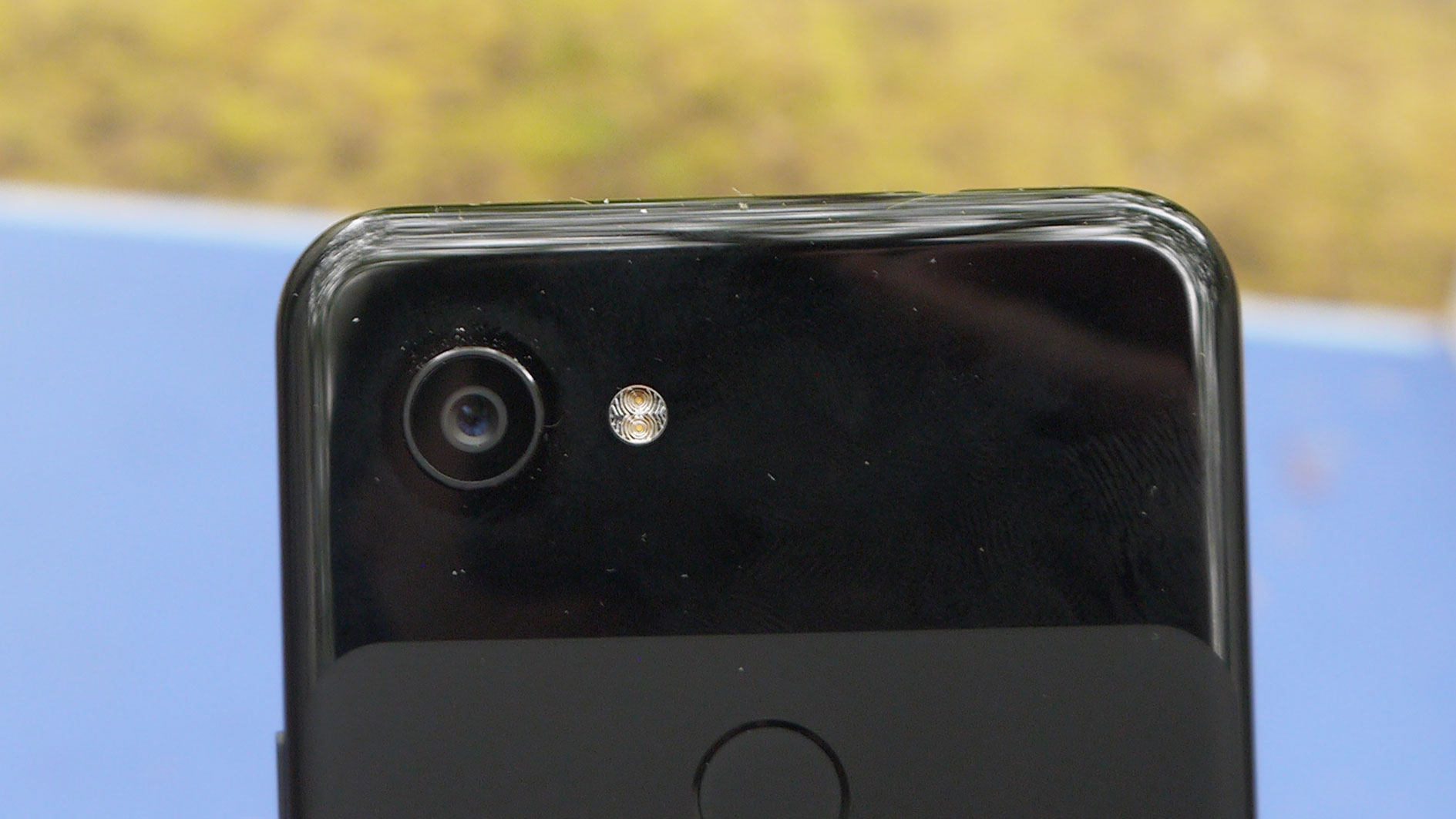
Another issue we found with the camera is that it sometimes boosted colors a little too much – this wasn’t always the case, and we took some good-looking pictures of green shrubbery, but when we took a picture of some fruit it looked a little unnatural.
These niggles aside, the Pixel 3a’s camera isn’t bad – in fact, it’s pretty fantastic given the price you’re paying for this phone. It was a little slow to focus and the shutter speed wasn’t lightning-fast, but the pictures it took had great quality; they were bright, detailed, and depth effects were rendered well.
Other useful features from the Pixel 3 are here, though, like Top Shot, which takes several pictures before and after you press the shutter button so you can pick the best one, and Night Sight, which takes improved low-light pictures.
Top Shot is useful if your friends or pets – or your own hands – like to move while you’re trying to take a picture, and it often let us capture shots we’d otherwise miss; however it’s only available on the standard Photo mode in the camera app, and when we were using the otherwise-similar Portrait mode we often missed the benefits of the feature.
Night Sight took competent low-light pictures – like most night modes you have to hold the camera steady for a while, which makes it a little hard to use in certain situations, but the resulting pictures have a lot more color and detail than similar images taken without this mode enabled.
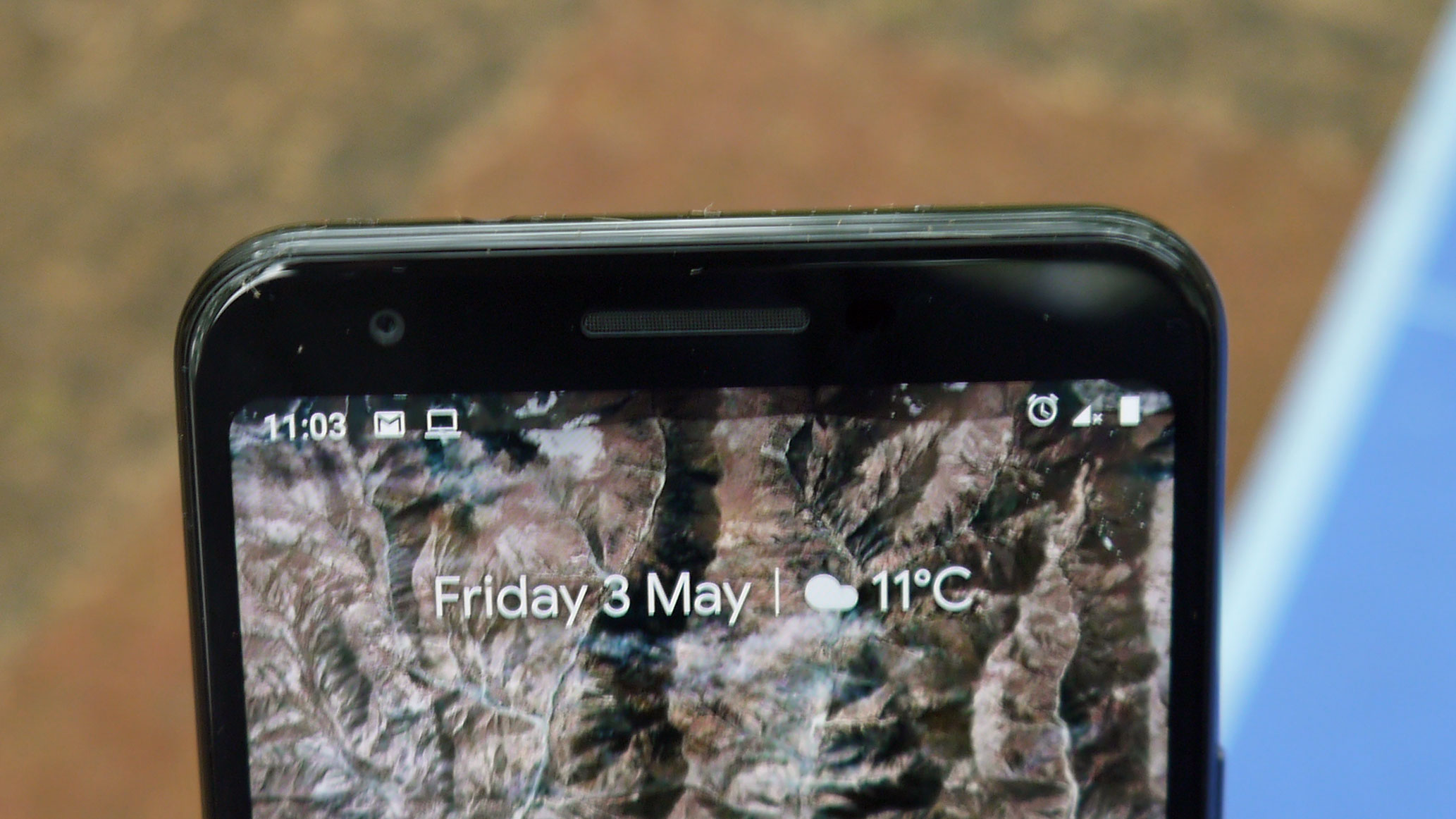
On the front of the phone is an 8MP camera, which represents the biggest difference from the Pixel 3 cameras-wise – on the older handset there’s also a second 8MP sensor with a wide-angle lens, for a bigger field of view in selfies. While we found it a fun option to have on that phone, it’s not a serious omission here given the Pixel 3a’s lower price.
Pictures captured with the front-facing camera were generally impressive, looking bright and colorful, while the processing tech does much of the heavy lifting by applying ‘bokeh’ background blur effects to portraits digitally after you take the picture – this means you can take a selfie and the phone will save one version with a blurred background and one without.
The Pixel 3 doesn’t offer as much customization in terms of beauty modes and filters as other smartphones – there are few options in the beauty mode, so you can’t sculpt and edit your face to your heart’s content, and there aren’t the kind of stage lighting or headshot filters that make the selfie cameras on phones like the Huawei P30 so versatile, but it’s still great for the odd selfie with a blurred background.
Camera samples

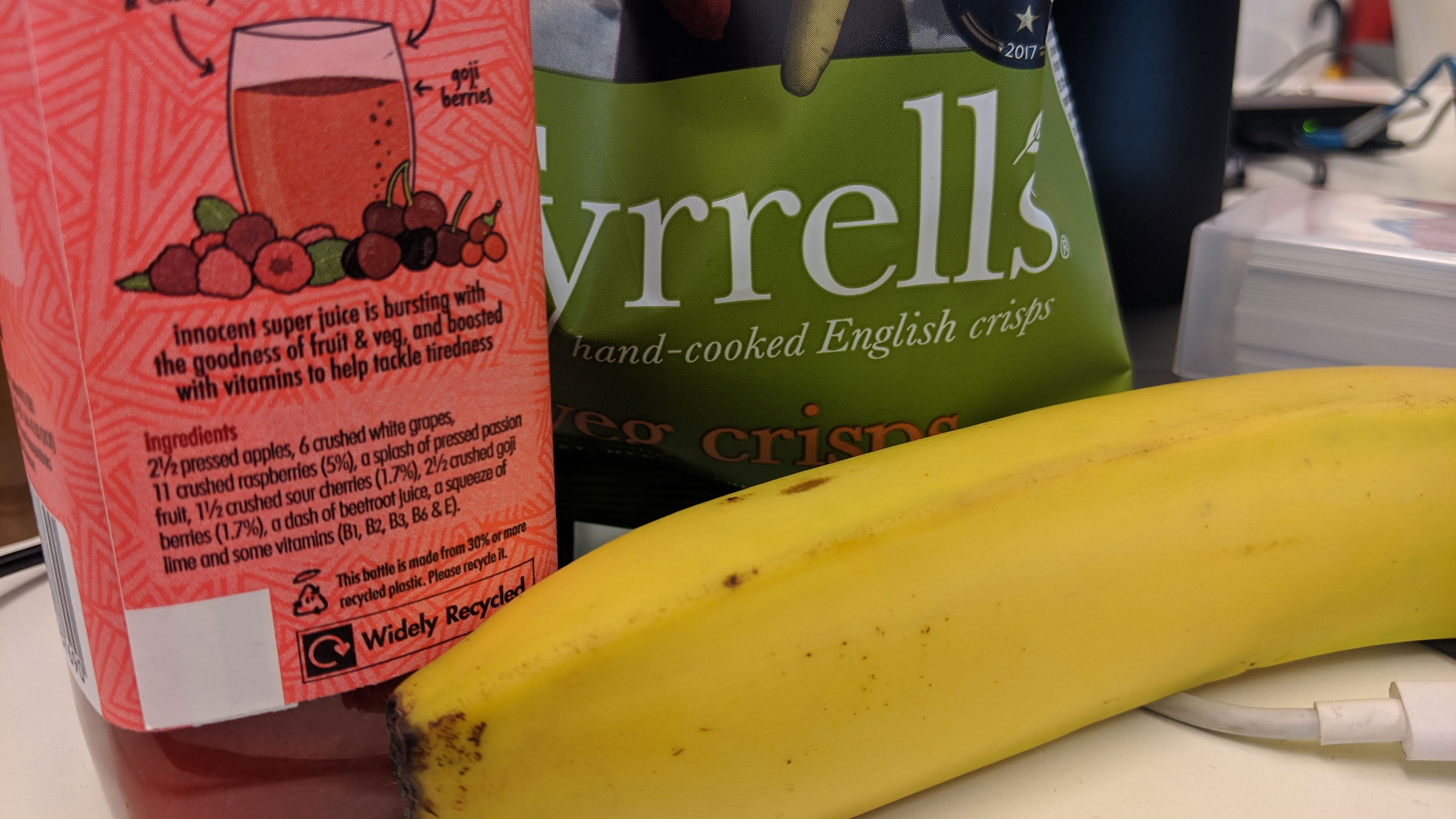
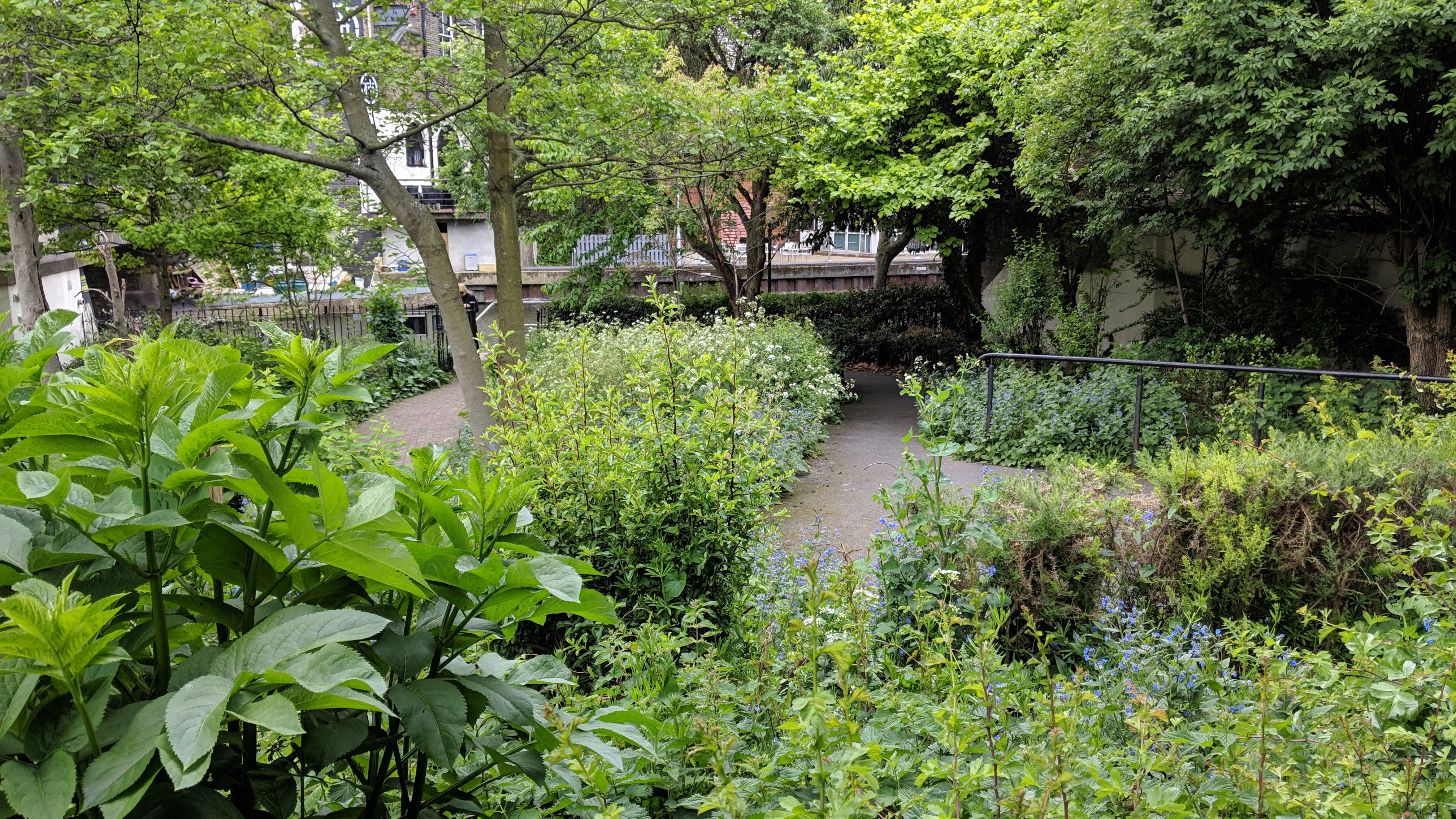



Battery life
Keeping the Pixel 3a ticking over is its 3,000mAh battery, which is fairly small as power packs go, although it’s a little bit better than the Pixel 3’s 2,915mAh battery.
We found the battery life rather impressive – the 3a lasted a full day of use without fail, whether that day consisted of the odd text reply or streaming movies on our commute. That’s something we couldn’t say about the Pixel 3, and it feels like the bigger battery, along with the less demanding chipset, are smart choices for Google’s budget handset.
When we put the Pixel 3a though our battery test, which consists of playing a 90-minute video at full brightness with Wi-Fi on and accounts syncing in the background, it lost 16% charge – that’s better than the Pixel 3, which lost 18%, and some of the Pixel 3a’s competitors, like the Honor View 20, which lost 17%.
Other competitors include the OnePlus 6, which also lost 16% charge in the test, and the Xiaomi Mi 9, which dropped 15% – clearly the Pixel 3a isn’t laps ahead of the competition here, but it’s definitely among the front runners.
One Pixel 3 feature which the Pixel 3a doesn’t get is wireless charging – instead, you’re going to have to rely on the Pixel 3a’s 18W charging, which took an hour and a half to charge the phone to full, although it got us to 50% in just half an hour, so you’ll be able to top up on power quickly.
We did miss the ease and versatility that wireless charging offers, but few mid-range phones allow for wireless charging, and its absence is a small price to pay given the value you’re getting overall.
Interface and reliability
The Pixel 3a comes with stock Android 9, with its stable of useful features like adaptive brightness, gesture navigation, and adaptive battery. While this is essentially the same OS you’ll get on nearly every new phone at the moment, you’re getting Android in its pure form here, unsullied by any manufacturer overlays.
As this is ‘stock’ Android, apps will be hidden in an app drawer which you can access by swiping up from the bottom of the screen, quick settings and notifications can be found by swiping down from the top of the screen, and swiping up and holding will show you all your recently-opened apps.
The Google Pixel 3a runs on a Snapdragon 670 chipset, which is a noticeable downgrade from the Pixel 3’s Snapdragon 845, and it’s evident when you’re using the phone – the interface feels a little bit slower to navigate, apps take a tiny bit longer to load, and it takes a short while for the phone to spring to life when you put your finger on the fingerprint sensor.
This distinction is only noticeable if you’re comparing the Pixel 3a to other high-end phones, though, and generally the interface is quick enough. Quickly switching between apps, or having lots of apps open at once, does slow the interface down a little, but never to the point where it tanks performance.
One significant benefit of buying a Google Pixel phone is that new updates to Android will roll out faster to the handset, so the Google Pixel 3a will receive Android Q before lots of other handsets.
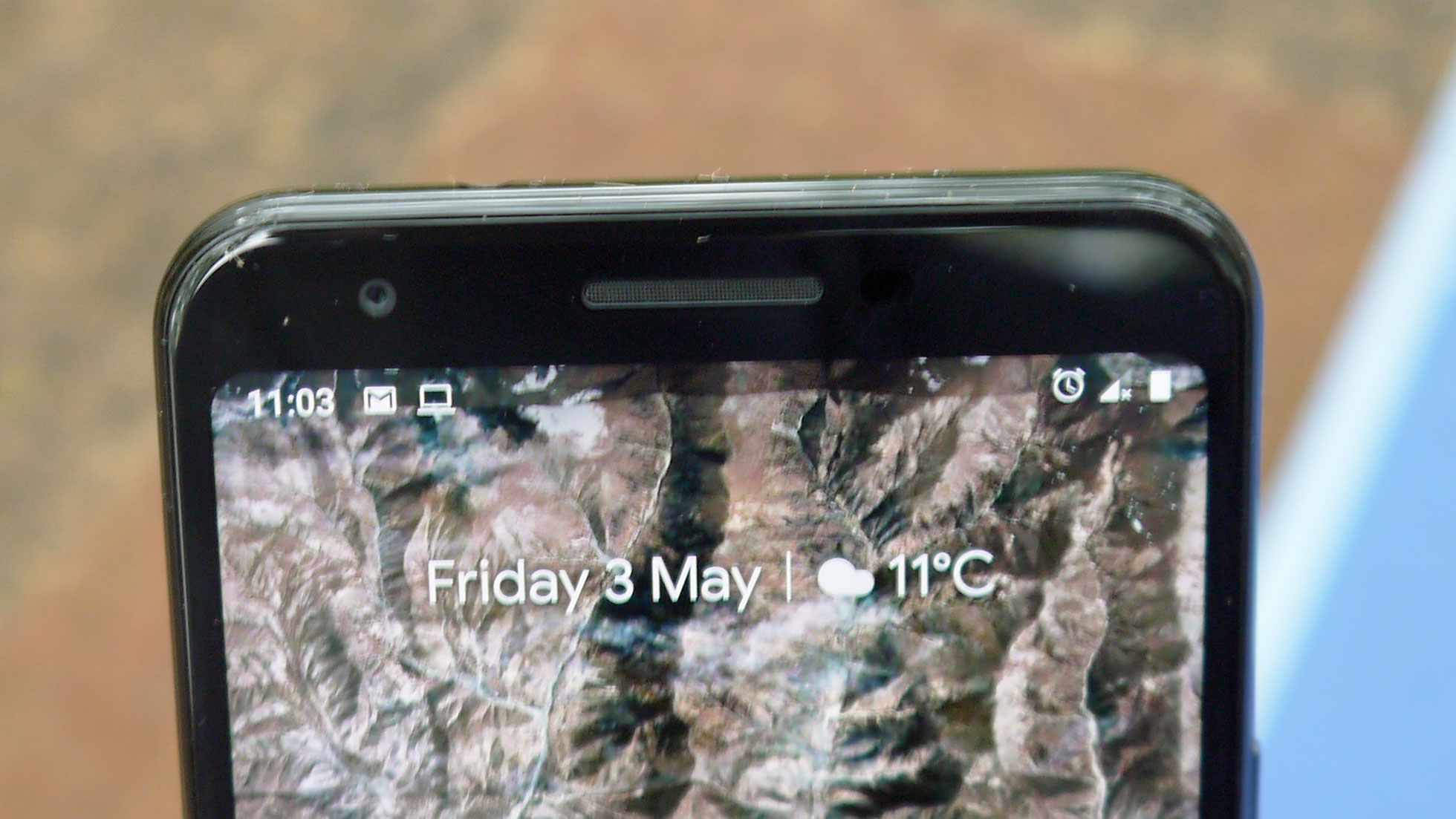
Movies, music and gaming
With its rather miniature screen, the Google Pixel 3a wouldn’t necessarily be our first choice for a phone to play games or watch movies on, but it actually ran games surprisingly well.
When we played PUBG Mobile, the phone defaulted to the highest graphical settings, and ARK: Survival Evolved ran surprisingly smoothly – while the handset’s Snapdragon 670 chipset is fairly middle of the road, we’d guess the device has been optimized to run these high-end games.
The 5.6-inch display wasn’t ideal for these intense games, however, as our thumbs got in the way quite a bit and obscured the screen.
When Google Stadia launches in November the Pixel 3a will become one of the best smartphones for gaming purely because it'll be one of the phone phones to run the service – at least initially.
Watching films and TV wasn’t the best experience either on the smaller screen, and we often found ourselves longing for the extra half inch or inch a bigger phone would provide. The high-screen resolution was a bonus, though, with streamed content looking high-quality.
The biggest letdown in terms of media on the Pixel 3a is audio quality – music played over the speakers sounded rather tinny, especially at higher volumes, with little bass or clean treble to speak of. This wasn’t so much a problem when listening out for gunshots in a game, or for dialogue in a TV show, but the difference was noticeable when we put on Spotify and tried to use the handset as a loudspeaker around the house.
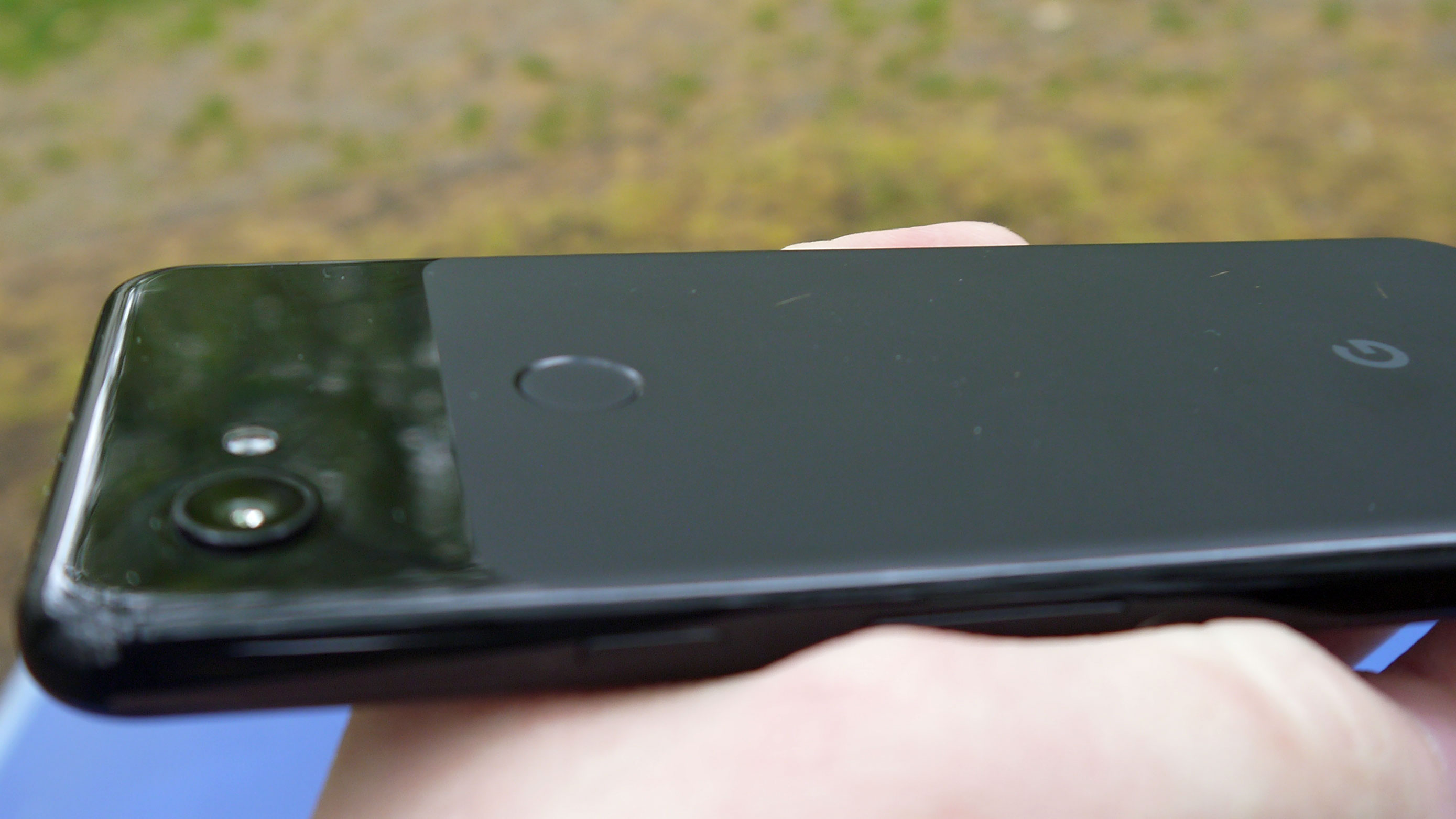
Performance and benchmarks
Not surprisingly given its mid-range chipset, the Google Pixel 3a returned a middling score in our benchmark tests, with a multi-core result of 5,070.
That’s a perfectly acceptable score – it’s only slightly shy of the iPhone 7, which scored 5,311 – although it’s well short of the original Pixel 3’s score of 8,336, and it won’t hold a candle to current phones that you could get by spending a little more.
Saying that, the processor was adept when it came to playing games, as we’ve already explained, which was a little surprising.
This suggests Google has optimized the processor well – while we did notice a few issues with the performance in normal use, for example when navigating the user interface, as well as longer than expected waits for the camera post-processing software to work on pictures we took, it didn’t ruin our experience with the handset, and again such issues were only really noticeable compared to the Pixel 3.
Verdict
The Google Pixel 3a may be a lot more affordable than the standard Pixel 3, but that doesn’t mean it makes many compromises – it has as many upgrades, or retained features, as it does downgrades.
Admittedly, the handset does feel a lot less like a premium phone, in terms of both its design and the materials used, and the slower user interface. But at such a low price point you can’t expect a cutting-edge device – and in fact, looking at the number of features that have been carried over from the Pixel 3, we’re surprised more compromises haven’t been made.
Rather than viewing the Pixel 3a primarily as a cut-price Google Pixel phone, by which standard you’d likely focus on the features that are missing, we’d argue that it’s more appropriate to compare it to other mid-range phones at around the same price point – and by that metric the Pixel 3a blows its competitors out of the water.
One knock-on effect of the phone could be that people are more reluctant to buy the upcoming Google Pixel 4, as if they know there's a 4a coming a few months later with a lower price and similar features they may be reluctant to splash out on the high-end phone – but we'll have to wait until that releases to find out for sure.
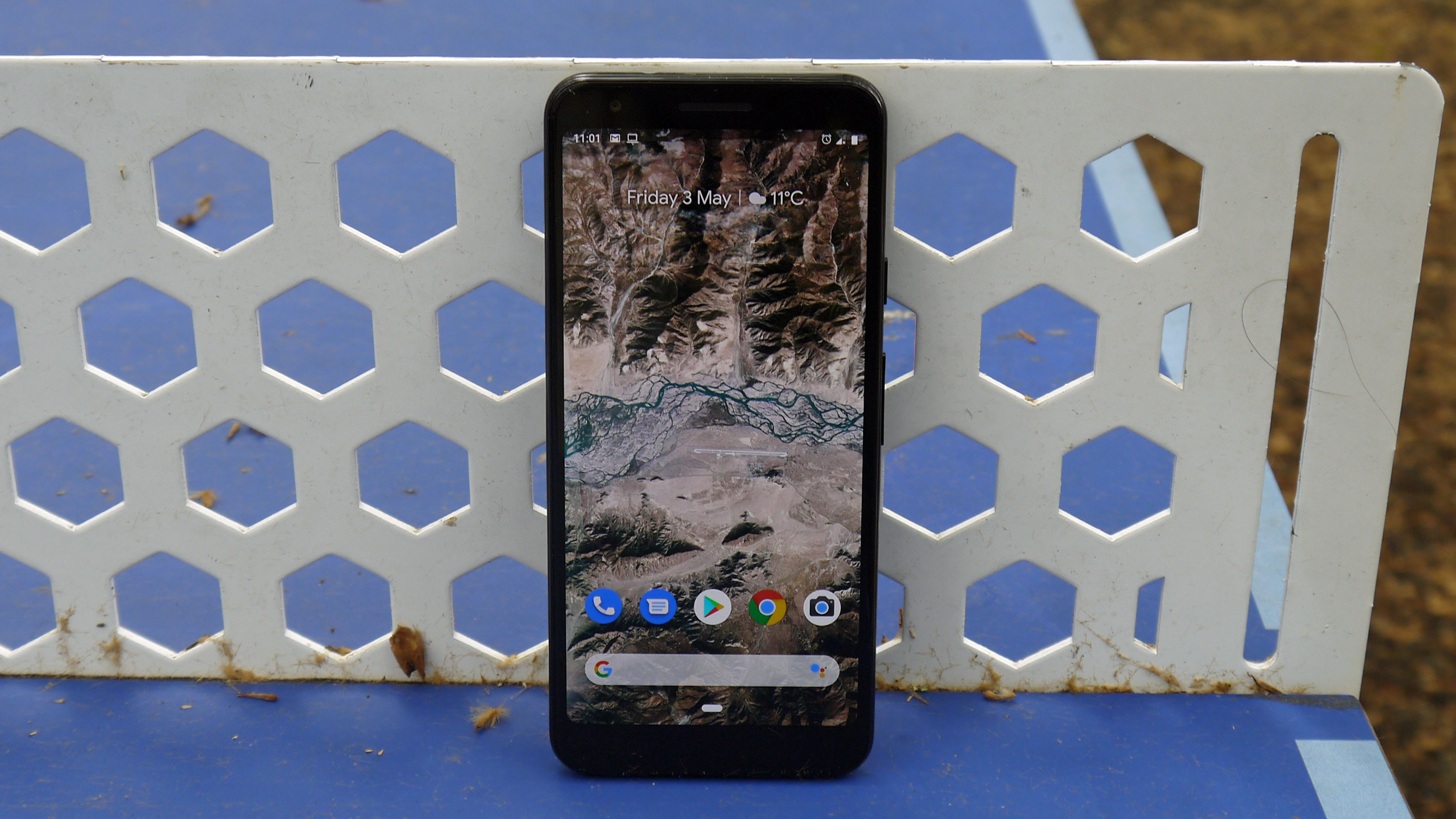
First reviewed: May 2019
After alternatives? Consider these three:
Honor View 20

The Honor View 20 has a competent chipset in the Kirin 980, and has a bigger screen and longer battery life than the Google Pixel 3a – if you want it though, you’re going to be paying a small amount extra, and you won’t be getting the Google Pixel 3a’s impressive camera performance.
Read our Honor View 20 review
OnePlus 6T
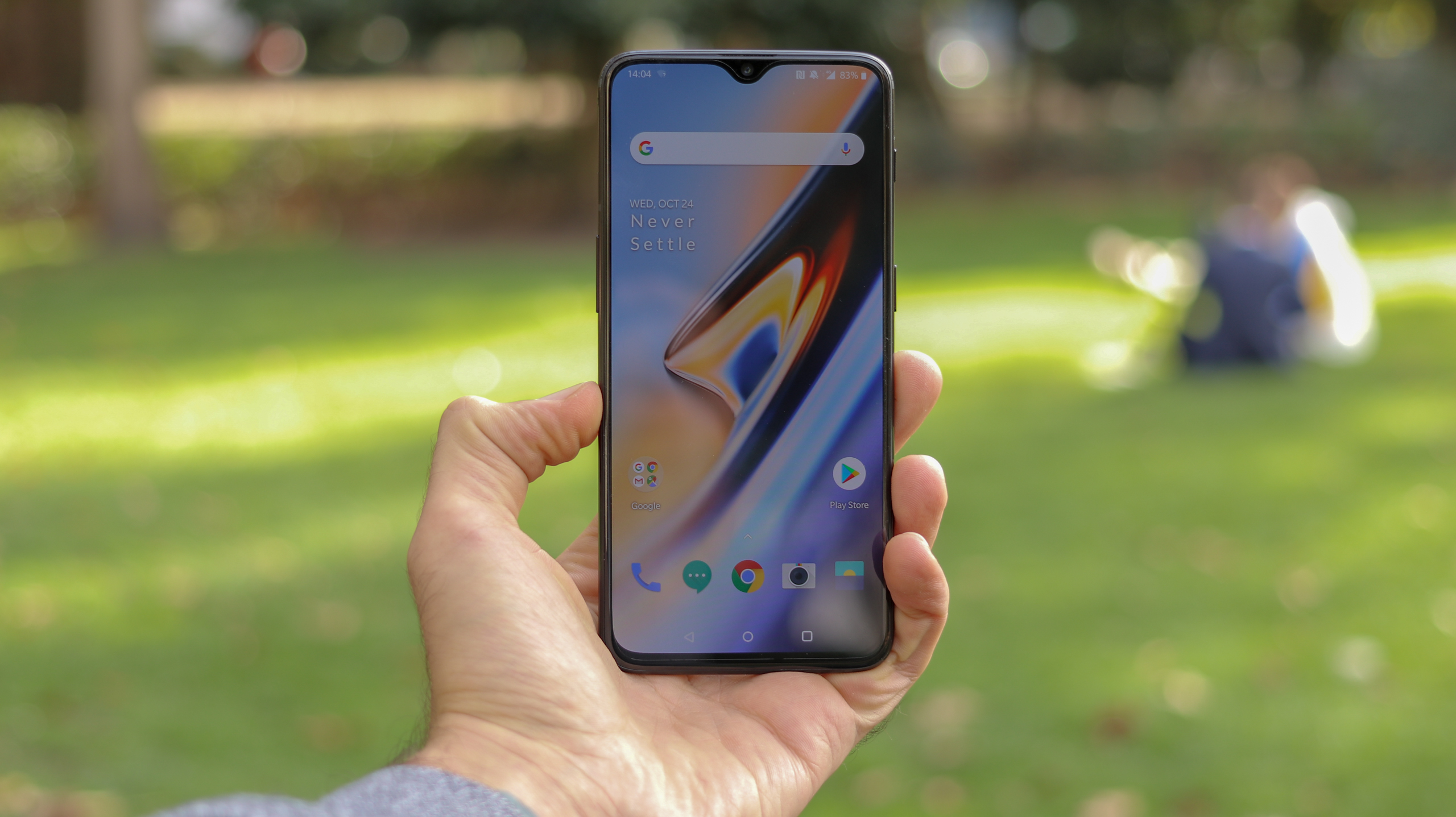
The OnePlus 6T costs a little more than the Pixel 3a, but you’re getting a camera array that’s arguably good enough to rival that on Google’s affordable smartphone. You’re also getting specs that are equal to the Pixel 3a’s, while it’s a bit bigger, which could either be a pro or a con depending on how big you like your phones.
Read our OnePlus 6T review
Google Pixel 3
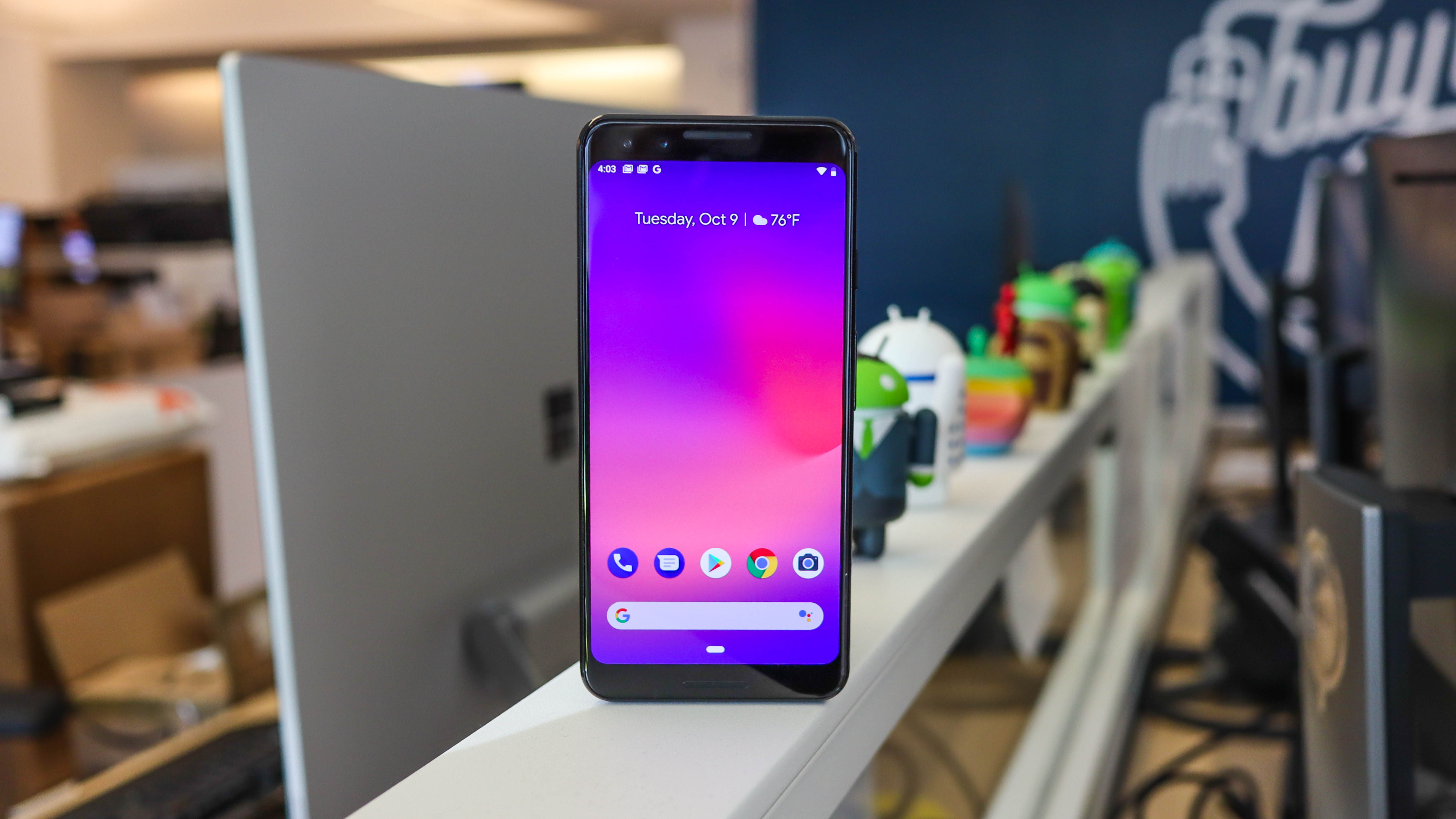
If money’s no object, you could consider buying the Google Pixel 3 instead of the Pixel 3a – it’s a step up in many ways, with the Pixel Visual Core chip and superior main processor giving the camera a performance boost, and the latter helping to deliver improved gaming performance, and a glass back lending the device a ‘premium’ feel.
Read our Google Pixel 3 review
Comments
Post a Comment